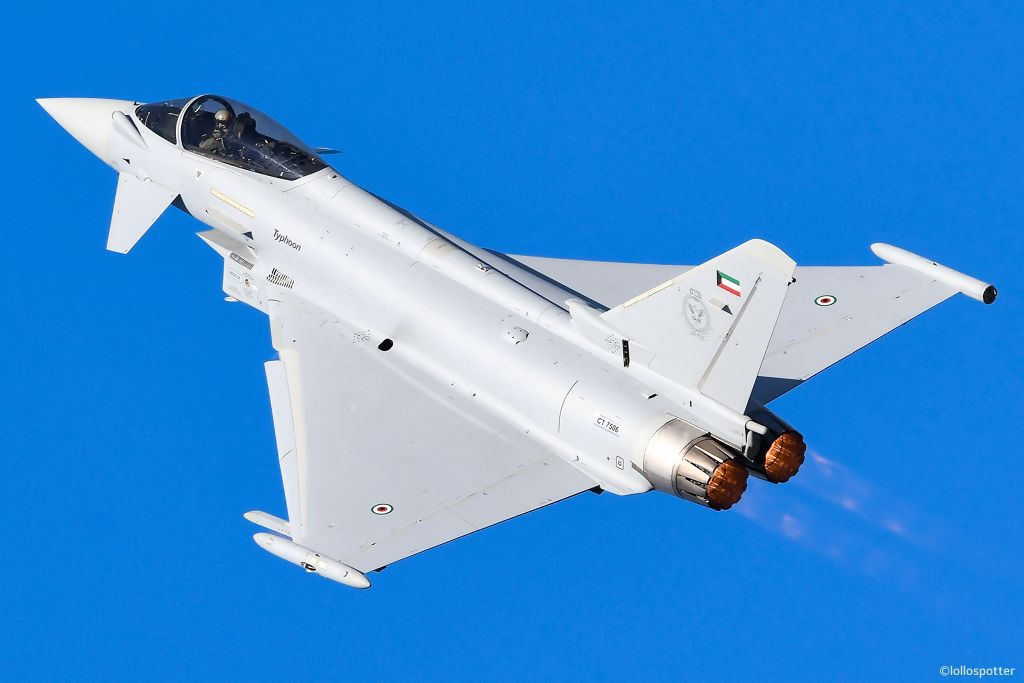Analysis of U.S. Space Operations and Challenges in Space Domain Awareness
MAUI SPACE SURVEILLANCE COMPLEX, Hawaii—Recent statements from General Chance Saltzman, the Chief of Space Operations, highlight emerging threats from China in the realm of space operations. The general asserted that China is deliberately modifying satellite characteristics and executing maneuvers in areas perceived as blind spots by U.S. surveillance capabilities. This strategy necessitates the U.S. Space Force to continuously enhance its technological competencies.
Strategic Imperatives for Space Superiority
General Saltzman outlined a framework, termed the “theory of success,” consisting of three pivotal components:
- Avoiding operational surprise,
- Denying first-mover benefits to adversaries,
- Confronting malign activities in space.
Achieving robust space domain awareness—defined as the capability to monitor and comprehend activities in orbit—is fundamentally important for executing the first component. The unique geographic positioning of the Maui complex is critical to this mission.
The Unique Advantage of Maui
The Maui site is distinguished by its geographic and meteorological advantages. General Saltzman emphasized, “This location provides capabilities that are unmatched elsewhere.” His remarks reflect the strategic significance of this facility in monitoring crucial geostationary orbits, particularly those that traverse the Pacific, extending visibility towards both the U.S. West Coast and mainland China.
Operational Capabilities and Limitations
Colonel Barry Croker, leading Mission Delta 2, noted the observational capabilities of the Advanced Electro Optical System (AEOS) telescope, which was developed in the 1990s. This instrument can rapidly pivot to track objects, including satellites and ballistic missiles, though it has a limited field of view. Specifically, it can capture only a narrow segment of the sky, equivalent to the width of two-and-a-half pinky fingers at arm’s length.
Tracking a low-Earth orbit satellite, which passes overhead in approximately five to nine minutes, involves utilizing a laser guide star to correct images for detailed analysis, including the identification of solar panels on satellites. Despite its capabilities, the AEOS telescope only observes about 10% of a satellite’s complete orbit. Adaptations in adversary maneuvers complicate tracking efforts as such tactics may obfuscate actual positions when satellites re-enter view.
The Evolution of Orbital Awareness Missions
The mission of monitoring space assets originated from a necessity to prevent collisions rather than addressing warfare implications. Currently, the U.S. is tracking over 40,000 objects in orbit, emphasizing the importance of situational awareness for safe satellite operations.
Implications of Space Dependence
The geopolitical landscape has shifted to a point where reliance on unhindered access to space can no longer be assumed. General Saltzman stated, “The other military branches have based their operational frameworks on the expectation of space access, which is increasingly uncertain.” This realization underscores the pressing need for the U.S. Space Force to adapt, fortify resilient architectures, and devise contingency responses to potential adversarial actions.
Monitoring Intent and Capabilities
To safeguard both military and commercial space assets, Colonel Croker articulated the necessity of understanding not only the physical positioning of objects but also the intentions behind their movements. Enhanced monitoring capabilities will help discern between benign and potentially harmful activities associated with the proliferation of space capabilities.
Upgrades and Future Developments
The AEOS telescope is part of a broader suite of observational instruments, including three Ground-Based Electro-Optical Deep Space Surveillance Systems undergoing essential upgrades. These enhancements will improve detection capabilities for smaller and dimmer objects in space. The upgrade initiative at Maui aligns with similar efforts taking place at White Sands Missile Range in New Mexico.
With an emphasis on synergy between operations and research, the integration of an advanced sensor system on the AEOS telescope exemplifies a commitment to ongoing operational improvement.
Cultural Considerations and Community Engagement
The Maui site is not without its challenges, particularly concerning local sentiments. The summit of Haleakala is regarded as a sacred space by Native Hawaiians, and proposals for increasing Space Force installations have faced significant opposition. An environmental concern arose from a fuel leak in 2023, prompting an extensive cleanup effort that respects the cultural significance of the land. General Saltzman acknowledged this relationship, stating the Space Force is committed to partnering with the local community while respecting the mountain’s heritage.





